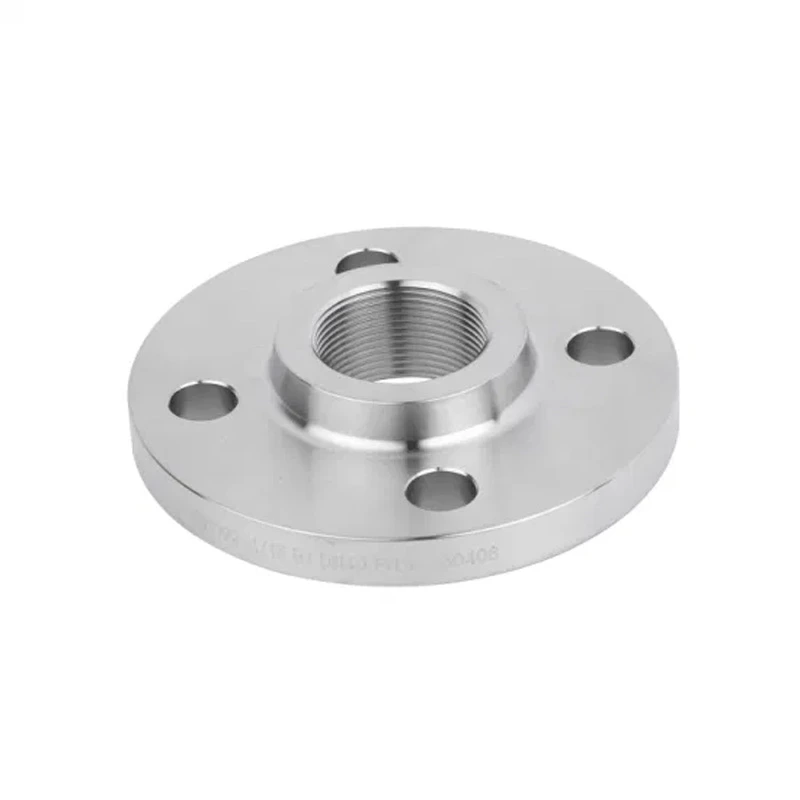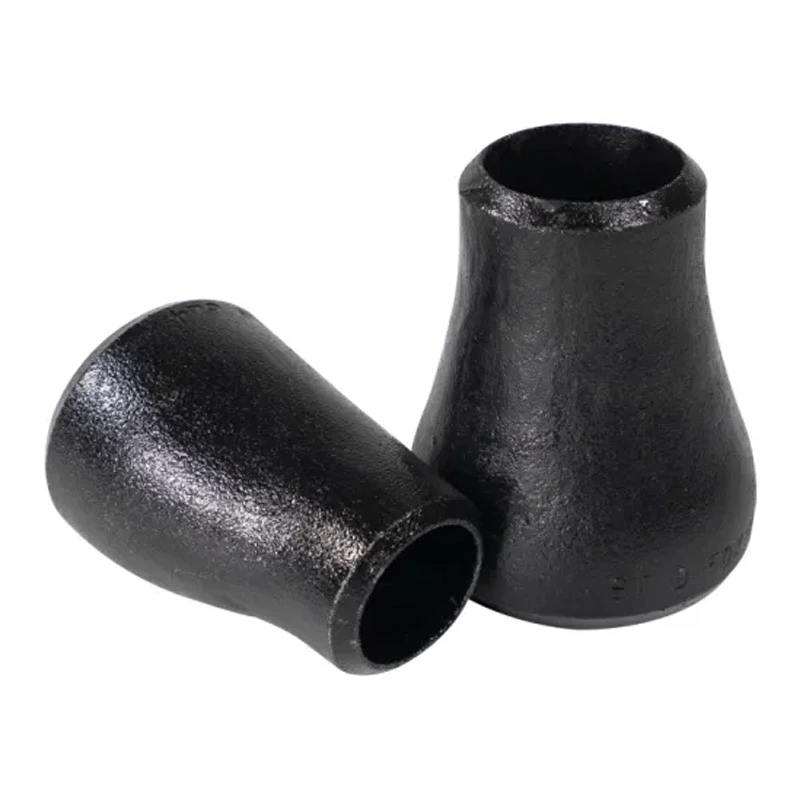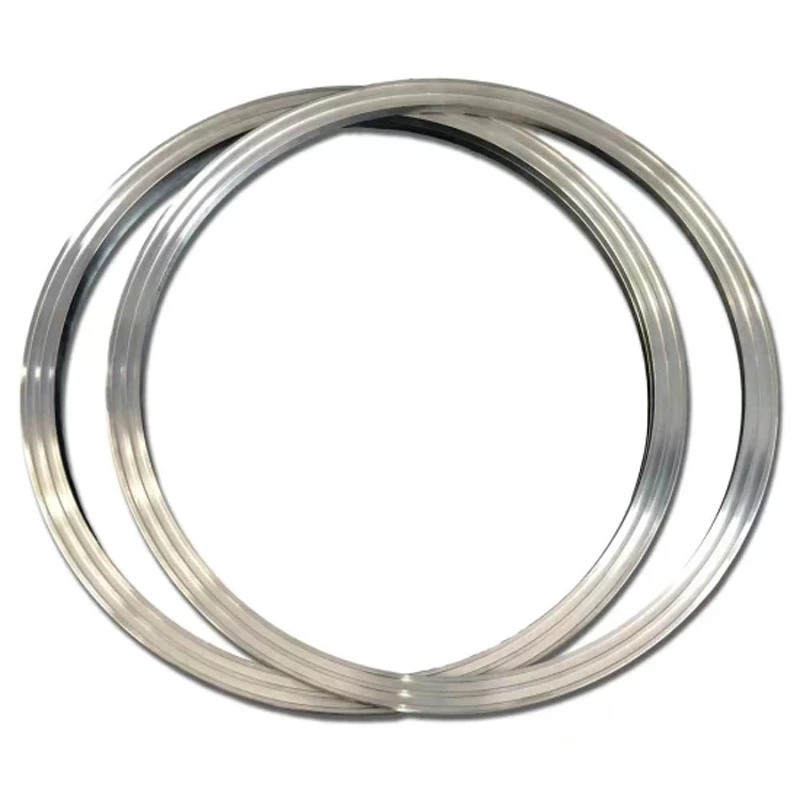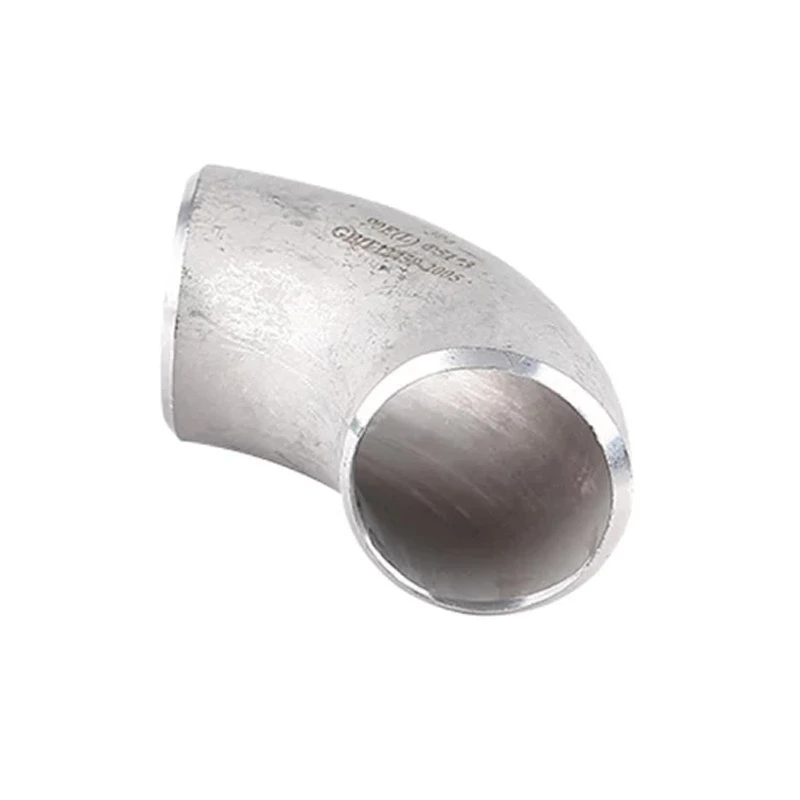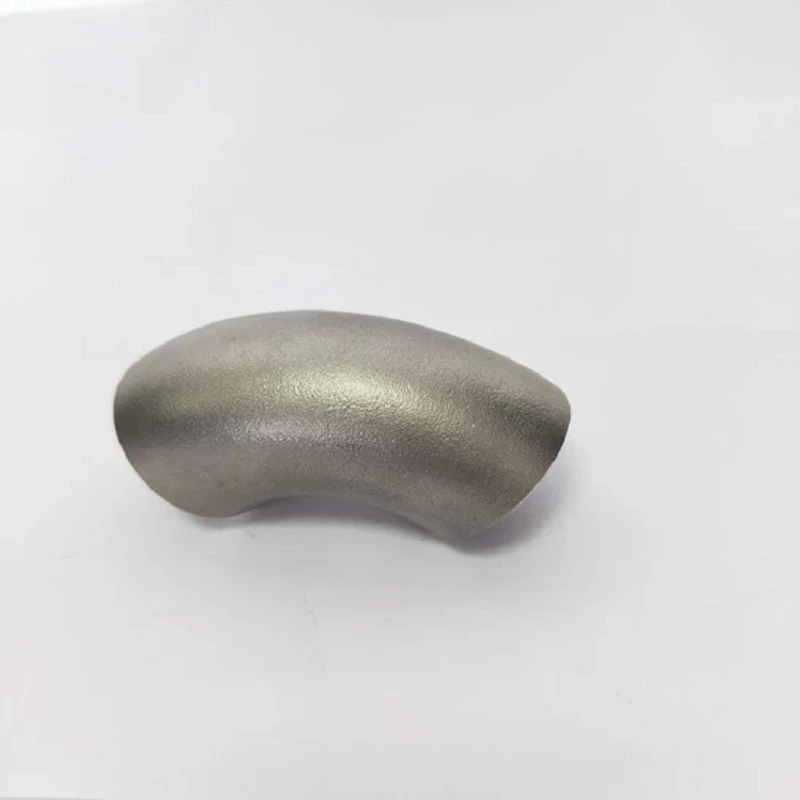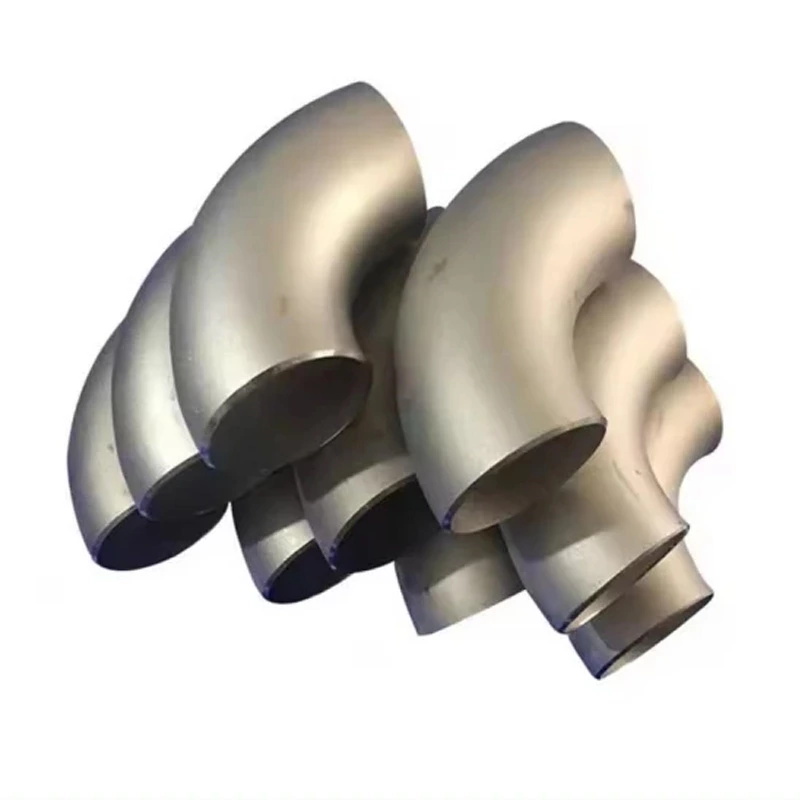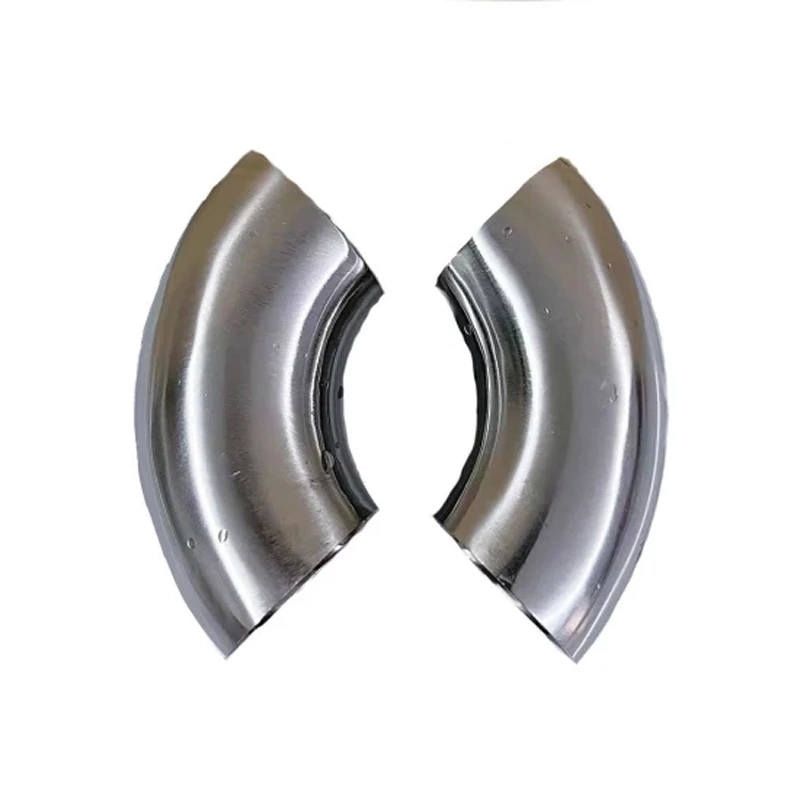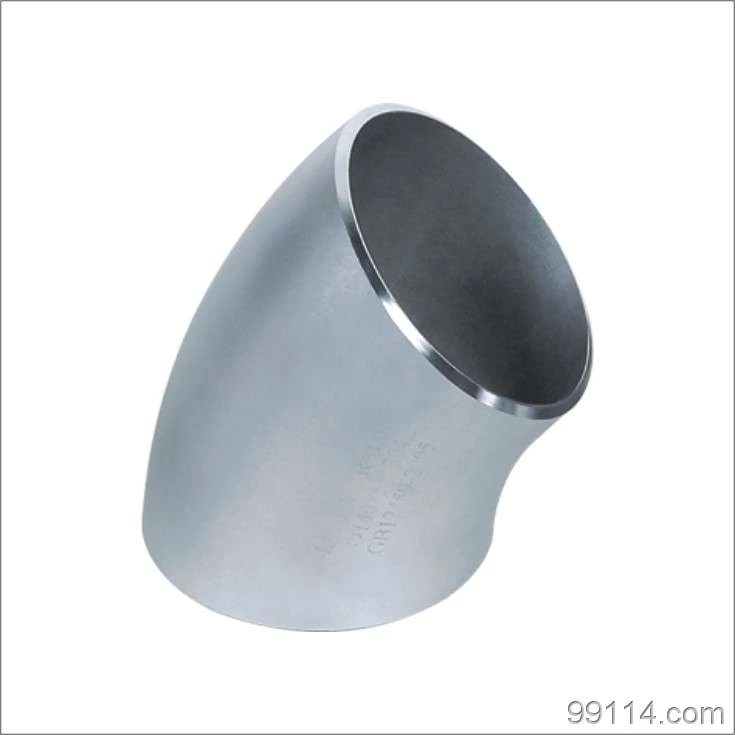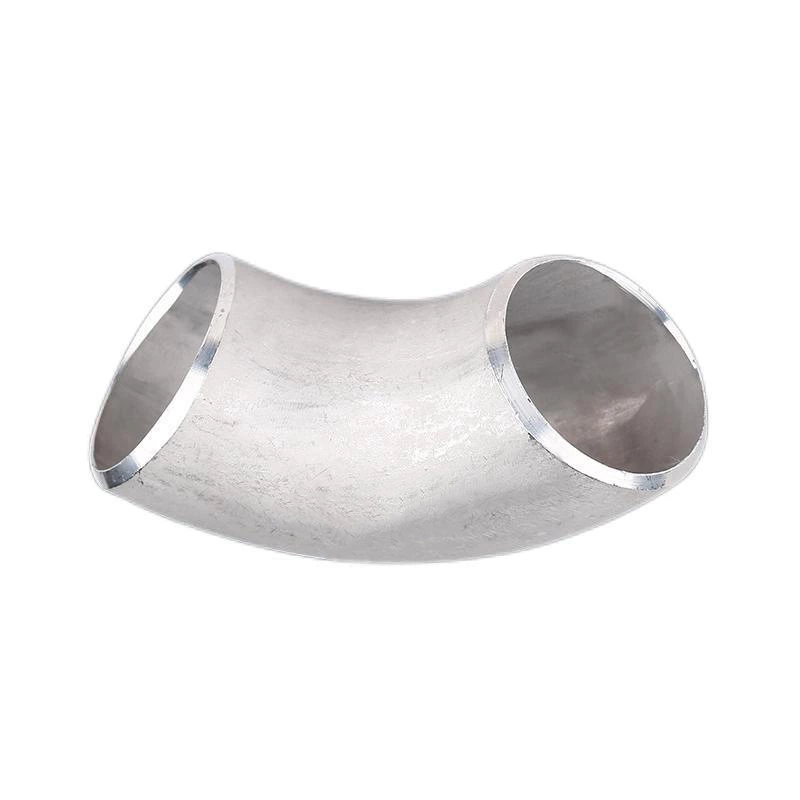What Is A Socket Weld Flange And What Are Its Advantages And Disadvantages?
Stainless Steel Flange, the basic shape of the socket flange is the same as the flat welding flange with a neck. A socket is opened in the inner hole of the flange, and the pipe is inserted into the socket and welded. The weld ring is welded on the back of the flange. The gap between the socket flange and the grass groove is prone to corrosion, and corrosion can be avoided if it is welded inside. The fatigue strength of the socket flange welded on the inside and outside is 5% greater than that of the flat welding flange, and the static strength is the same. When using this socket end flange, its inner diameter must match the inner diameter of the pipe. The socket flange is only suitable for pipes with a nominal diameter of 50 or less.
Plug welding flange sealing surface shape: convex face (RF), concave and convex face (MFM), tongue face (TG), ring connection face (RJ)
Socket welding flange application range: boiler pressure vessels, petroleum, chemical, shipbuilding, pharmaceutical, metallurgy, machinery and elbow stamping and other industries.
Socket welding flanges are generally used in pipelines with PN≤10.0 MPa and DN≤50.
Advantages and disadvantages of socket welding flange and butt welding:
Socket welding is generally used for small pipes with a diameter less than DN40 and is more economical. Butt welding is generally used for parts above DN40. Socket welding is the process of first inserting the socket and then welding (for example, there is a flange called a socket flange, which is a convex welding flange, which is a connection when connected to other parts such as valves. The connection form of the butt welding flange and the pipe welding, the socket welding is usually to insert the pipe into the flange and weld it, and the butt welding is to use the butt welding flange to weld the pipe to the butt surface. Although X-ray inspection is not possible, butt welding can accept butt welding, so it is recommended to use butt welding flanges to improve the requirements of welding inspection.
Butt welding usually requires higher requirements than socket welding and post-welding. The quality is also good, but the detection means are more stringent, butt welding requires X-ray inspection, and socket welding can be used for magnetic particles or permeability testing (carbon powder, penetrating carbon steel such as stainless steel), if the fluid in the pipeline does not have high requirements for welding, it is recommended to use socket welding, and the connection type that is convenient for detection is mainly small-diameter valves and pipes, used for pipe joints and pipe welding, small-diameter pipes are usually thin-walled, prone to edge dislocation and ablation, and difficult to butt weld, suitable for socket welding and socket.
Welded sockets are often used under high pressure due to their reinforcement effect, but socket welding also has disadvantages. One is that the stress condition after welding is not good and it is difficult to melt completely. The trend is: there are gaps in the pipeline system, so it is not suitable for crevice corrosion-sensitive media and pipeline systems with high cleanliness requirements; use socket welding; and ultra-high pressure pipelines. Even in small diameter pipelines, they have a large wall thickness, and socket welding can be avoided as much as possible by butt welding.
